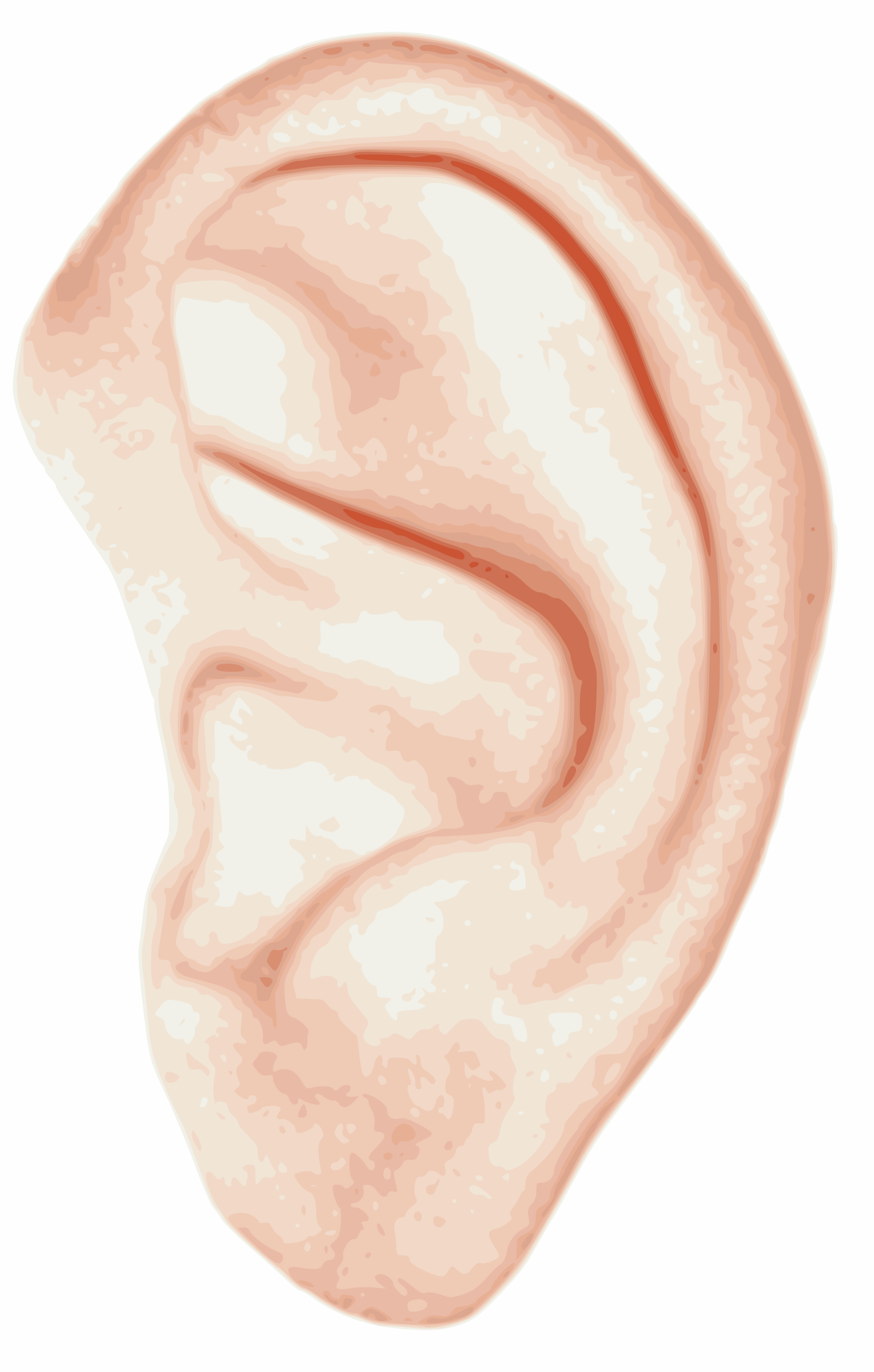Judul : How ear implants are rewiring lives in Uganda
link : How ear implants are rewiring lives in Uganda
How ear implants are rewiring lives in Uganda

Thanks to advances in audiology and the increasing availability of cochlear implants, individuals once isolated by profound hearing loss are now experiencing the world of sound for the first time.
From complex surgical procedures to long-term rehabilitation, cochlear implants are proving to be a game-changer.
This is offering a new lease on life in a country where hearing loss is often misunderstood and untreated. Fr Andrew Onyango, a Catholic priest, shared with Juliet Anna Lukwago his experience of using an implant
Sometimes God closes doors and opens windows. My hearing was restored after more than four years of deafness. I am now an assistant chaplain at Busitema University on the main Busitema campus.
I was ordained in 1994, and when I encountered this problem, I was 10 years into priesthood.
In 2004, I began to realise I was losing my hearing. I went to the hospital, but despite undergoing numerous tests, they could not find what the problem was, or the solution to it.
I struggled with hearing loss for four years until I met doctors from the US on a visit to Mulago National Referral Hospital, who diagnosed me with sensorineural hearing loss.
I was told this type of hearing loss is caused by dysfunction of the inner ear, the cochlea, and the auditory nerve.
I was treated by five American medics, led by Thomas Roland, along with Dr Michael Awubwa, the head of the ear, nose and throat (ENT) department at Mulago Hospital.
After the operation, I was taken to the computer laboratory at Makerere University faculty of computing and information technology to have the implant activated via the Internet.
The operation, which costs around $50,000 (about sh180m) in the US, was offered to me free of charge by Cochlear Americas, a company based in Colorado, US.
The cochlear implant alone costs $25,000 (sh90m). I was the second Ugandan to benefit from the company’s charity; the first was David Nuwagaba in 2008.
After my operation, the doctors donated to me a sound processor, which I have been using since 2009.
These implants come with a sound processor placed behind the ear, capturing sound signals and transferring them to the implanted receiver beneath the skin, just behind my ear.
Since then, I have continued to celebrate Mass and even drive my car. I have preached the gospel in Kibeho in Rwanda, Kenya and Juba in South Sudan.
Even in noisy surroundings, I can hear through the implants.
Challenges
The main challenge I face is that I am not able to receive calls directly. It would have to be on loud speaker or messages sent via text.
When I do not have my transmitter device and someone has to communicate with me, I ask them to write the message down so I can read, and then respond to them.
The other challenge is the high cost of maintaining cochlear implants. Also, it is not easy to bring batteries of implants into Uganda. This is because the Uganda Revenue Authority categorises it as a business and thereby attaches high charges to it.
How hearing devices work
Dr Christopher Ndorelire, a lecturer at Makerere University’s School of Medicine, and heads the TMR International Hospital’s ENT department, says the hearing device enables a person to decipher different sounds, such as speech and telephone calls, significantly improving their quality of life.
“Hearing impairment, deafness and hearing loss refer to the total or partial inability to hear sounds, which can range from mild to severe. The signs of hearing loss can be subtle, making professional hearing tests essential for timely intervention and appropriate treatment,” he says.
Ndorelire adds that a cochlear implant comprises a small audio processor with a microphone worn behind the ear and an implant placed under the skin, connected to the inner ear.
“Sound waves enter the ear, move down the auditory canal, and hit the eardrum, causing vibrations that are then transmitted through the auditory nerve to the brain, where they are interpreted as sound.”
Ndorelire says bringing sound to life for those with serious hearing loss is achievable through effective treatment options such as cochlear implants, which allow children to hear, talk and thrive in various aspects of life.
Provided by SyndiGate Media Inc. (Syndigate.info).Demikianlah Artikel How ear implants are rewiring lives in Uganda
Anda sekarang membaca artikel How ear implants are rewiring lives in Uganda dengan alamat link https://www.punyakamu.com/2025/07/how-ear-implants-are-rewiring-lives-in.html
0 Response to "How ear implants are rewiring lives in Uganda"
Post a Comment